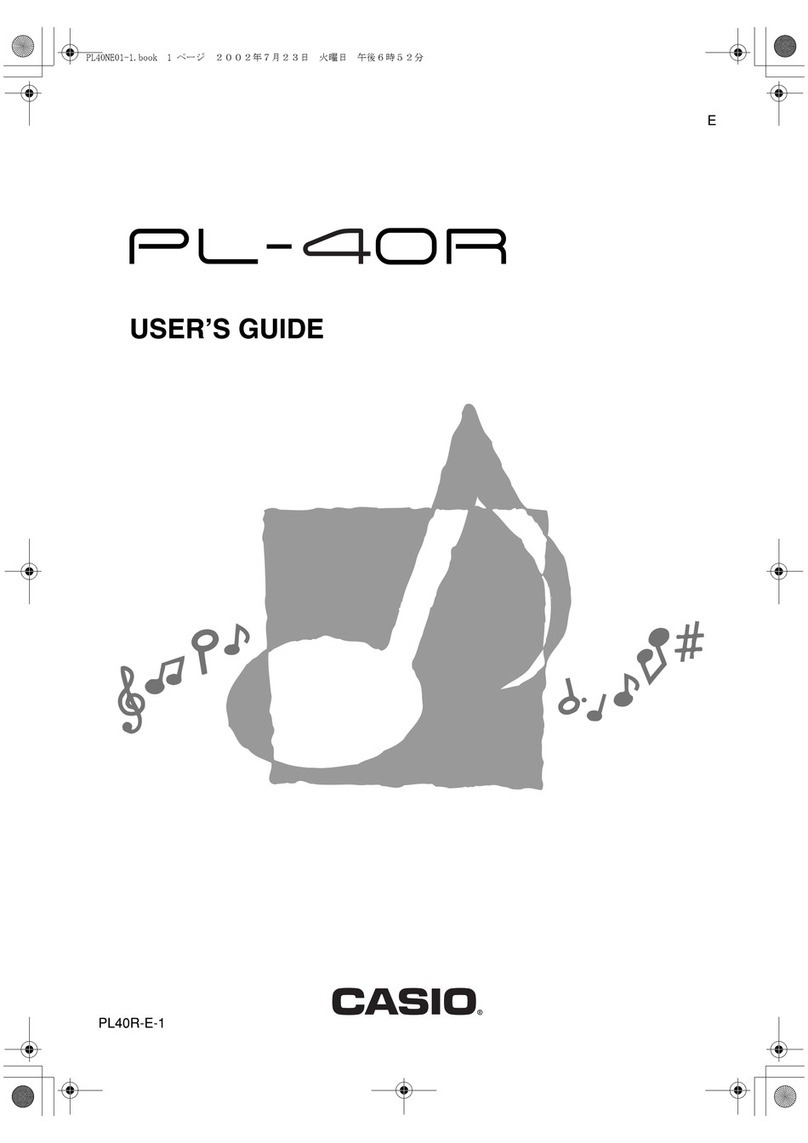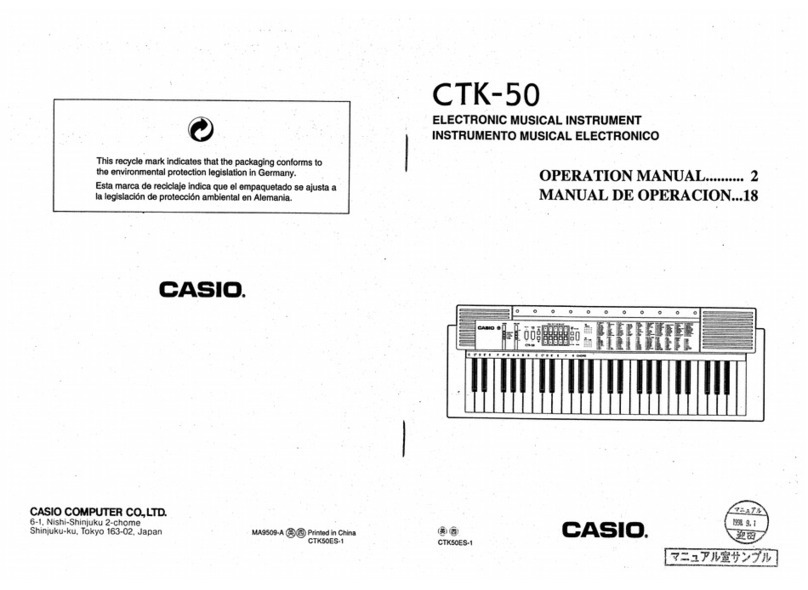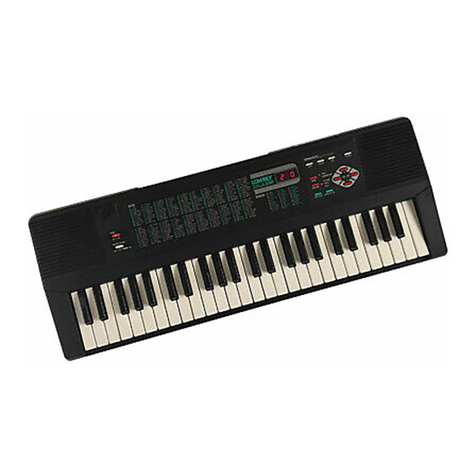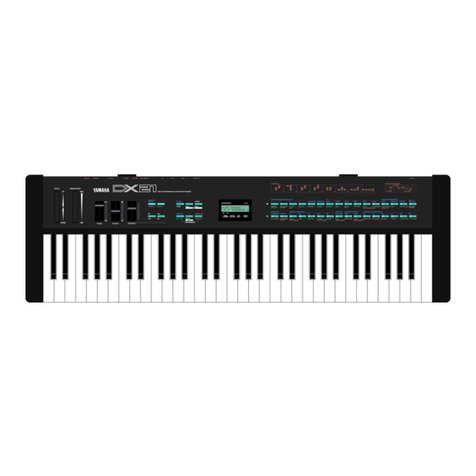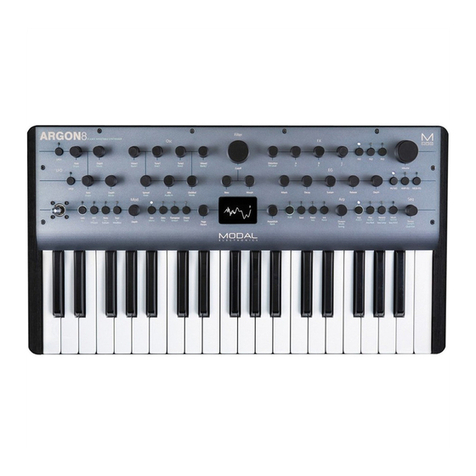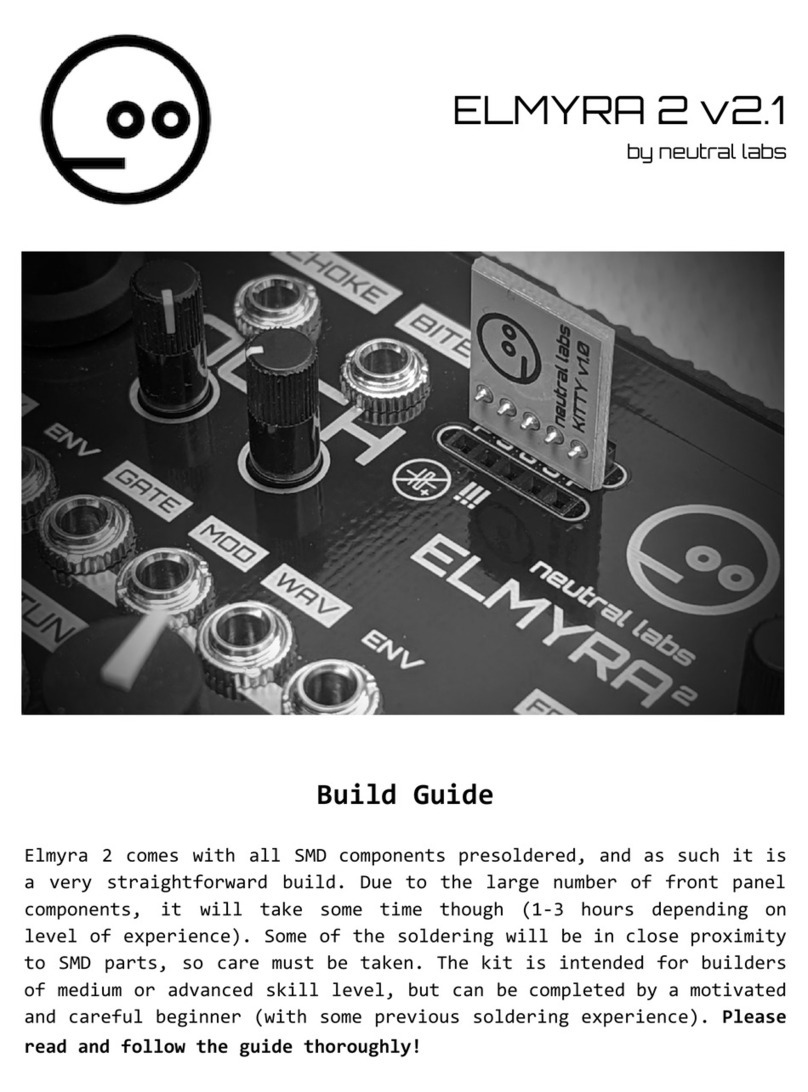Casio Casiotone CT-360 User manual
Other Casio Synthesizer manuals
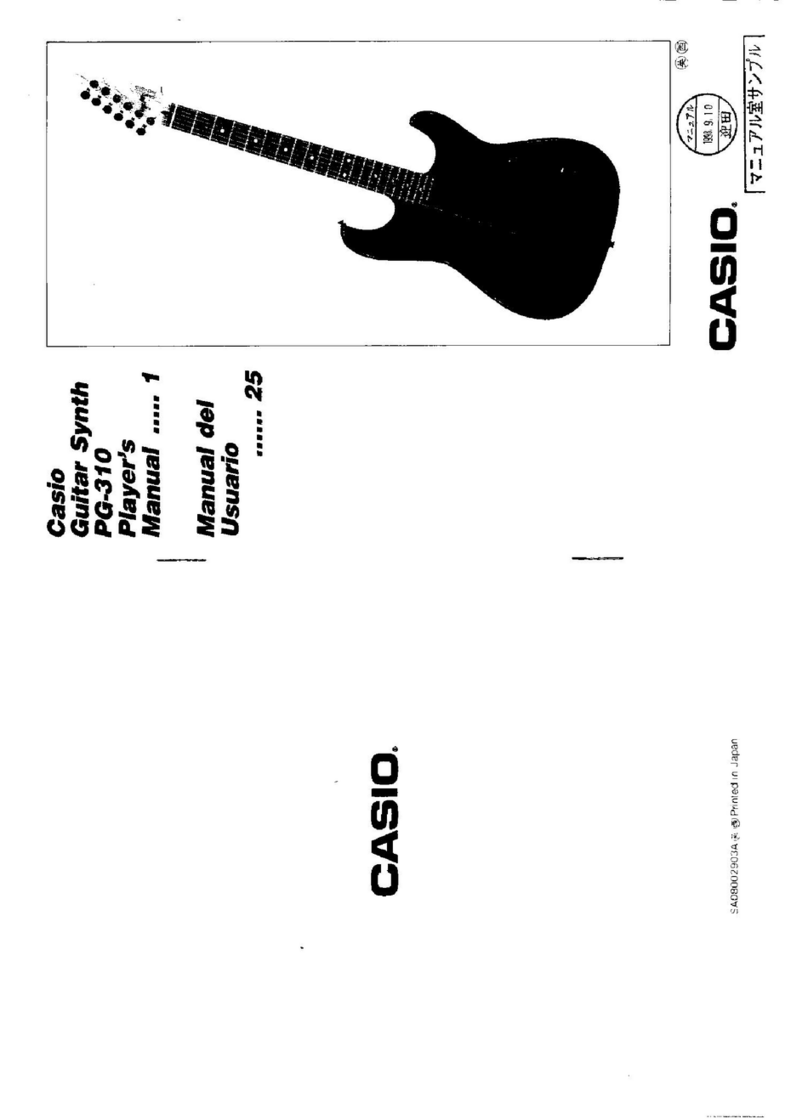
Casio
Casio PG-310 Operator's manual
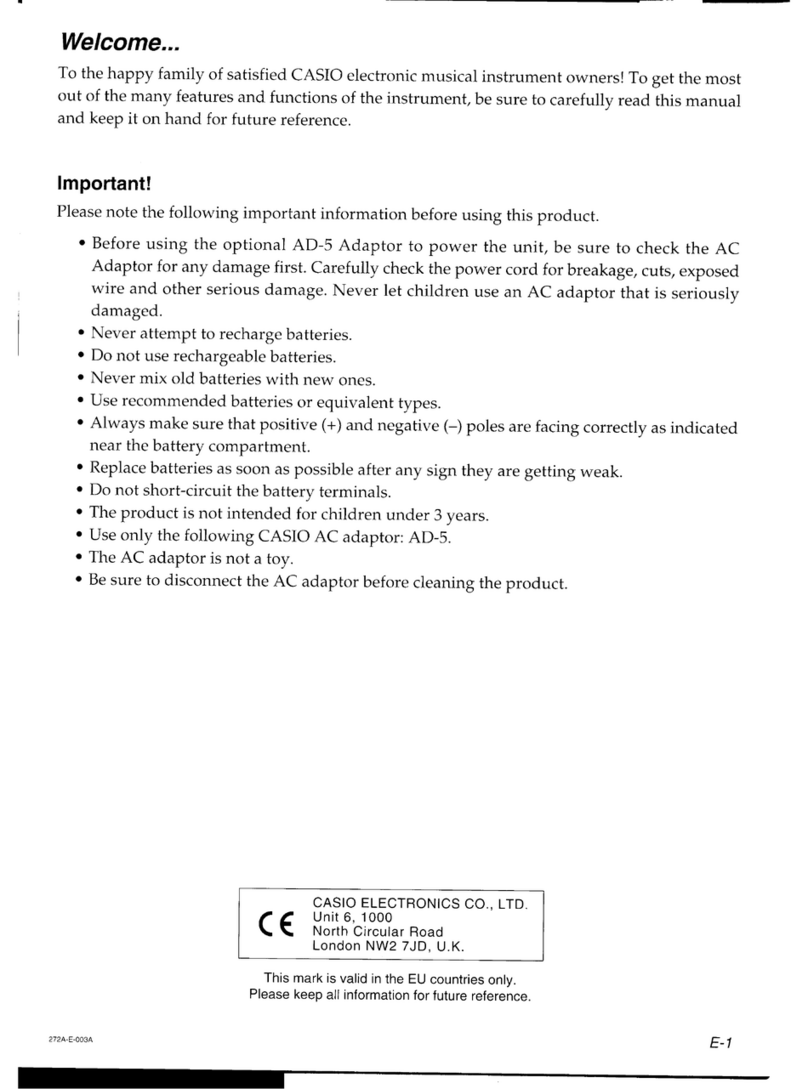
Casio
Casio LD-50 User manual
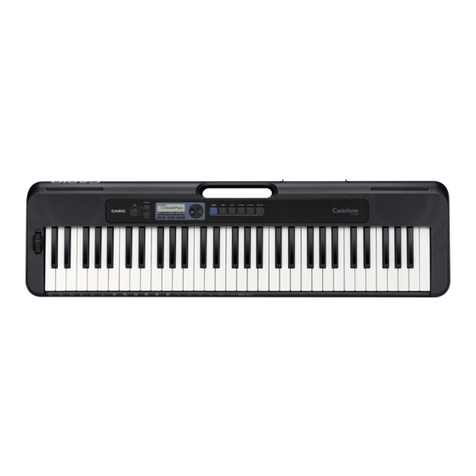
Casio
Casio CT-S300 User manual
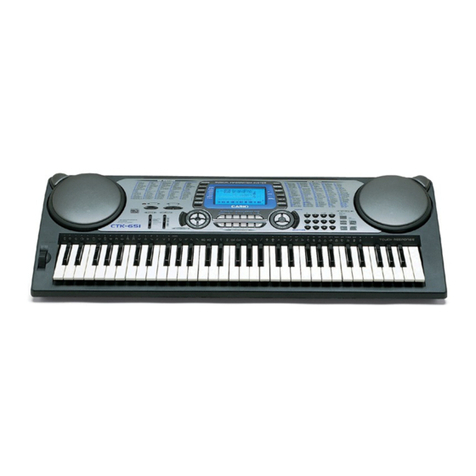
Casio
Casio CTK-651 User manual
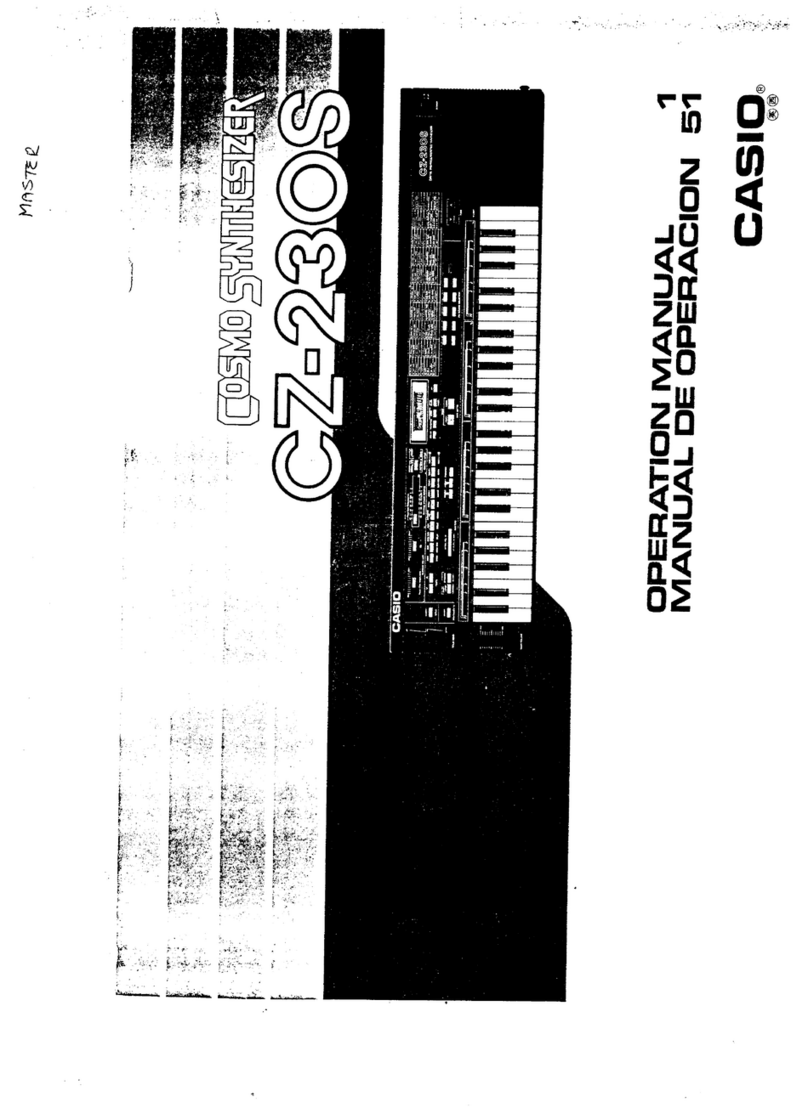
Casio
Casio Cosmo CZ-230S User manual
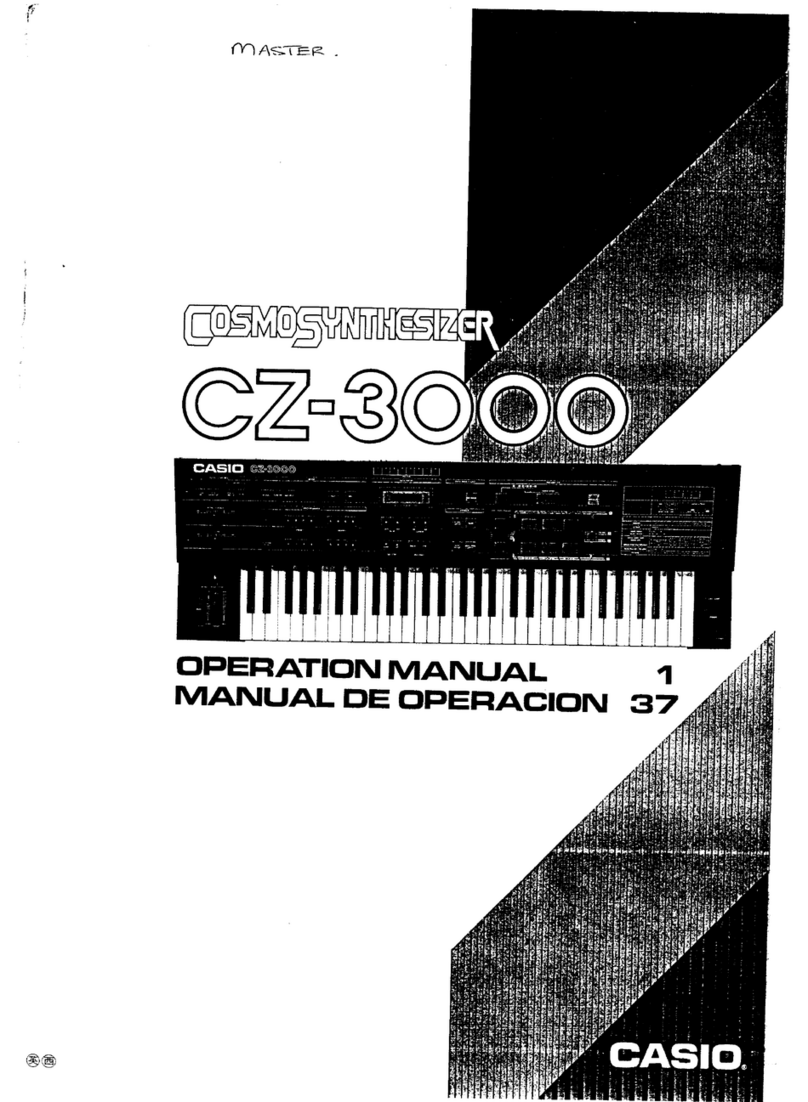
Casio
Casio Cosmosunthesizer CZ-3000 User manual
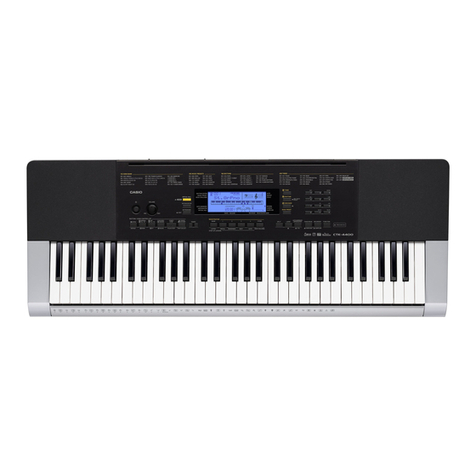
Casio
Casio CTK-4400 User manual
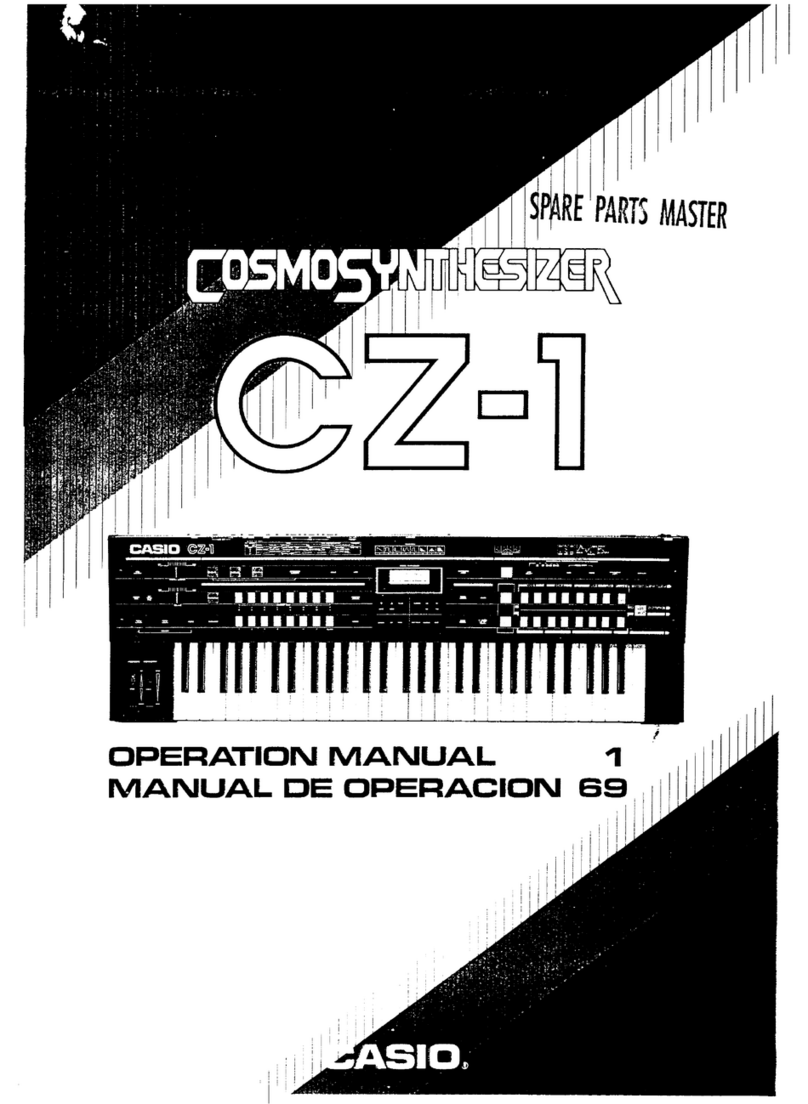
Casio
Casio Cosmo CZ-1 User manual

Casio
Casio CASIOTONE CT-380 User manual
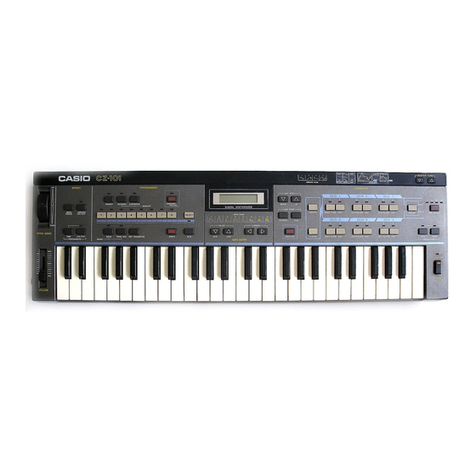
Casio
Casio CZ-101 Cosmo User manual
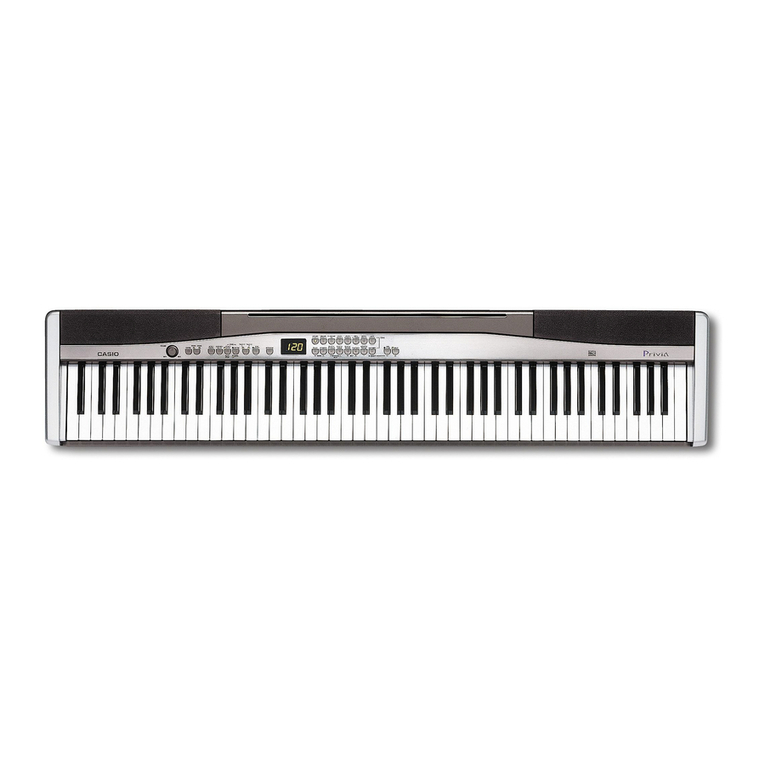
Casio
Casio Privia PX-300 User manual
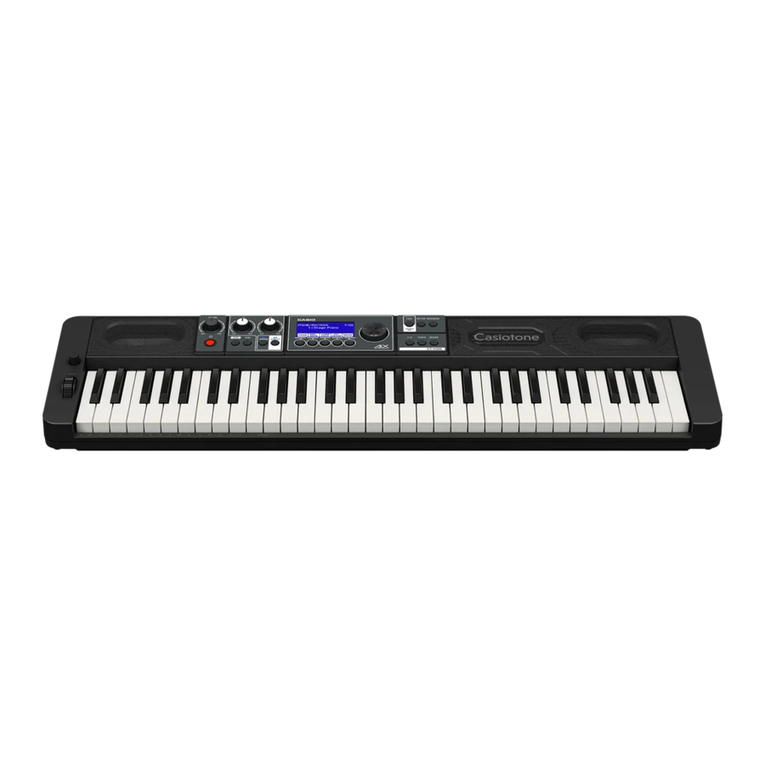
Casio
Casio CT-S500 User manual
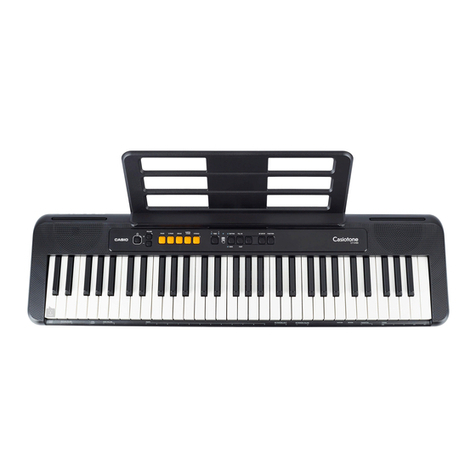
Casio
Casio Casiotone CT-S100 User manual
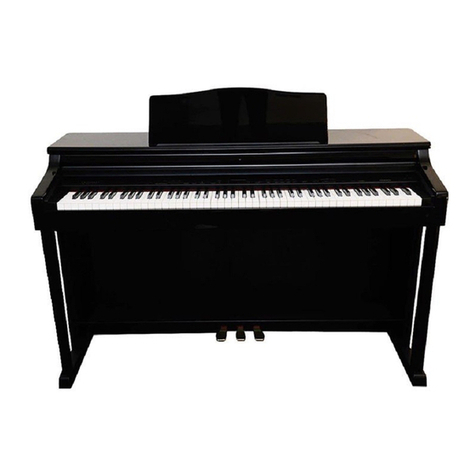
Casio
Casio Celviano AP-40 User manual

Casio
Casio XW-G1 User manual
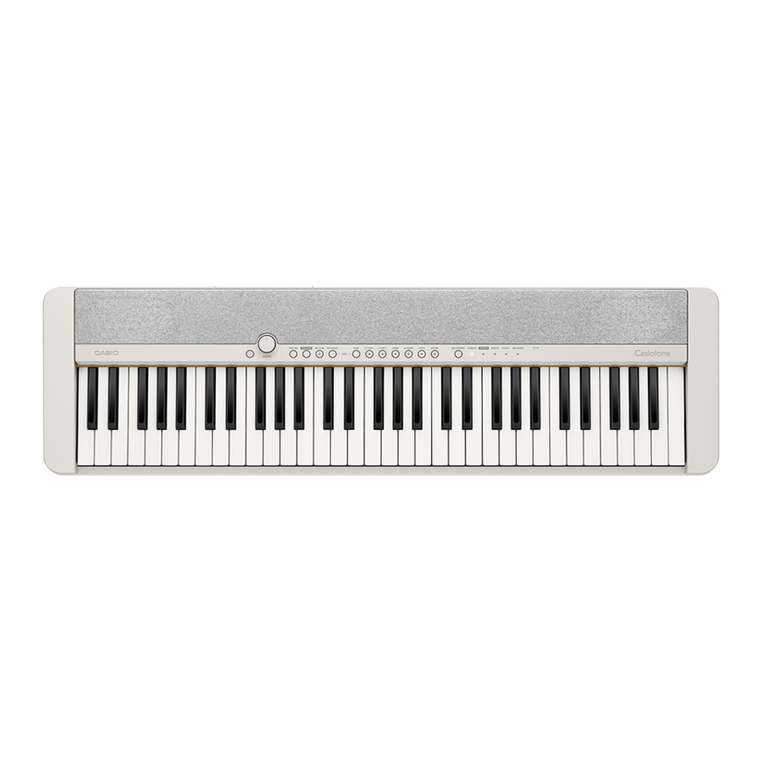
Casio
Casio Casiotone CT-S1 User manual

Casio
Casio CTK-2550 User manual
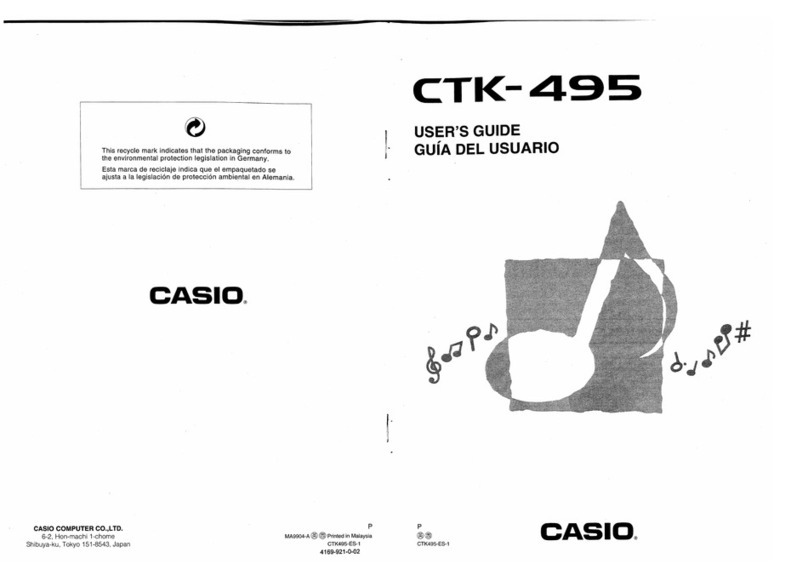
Casio
Casio CTK-495 User manual
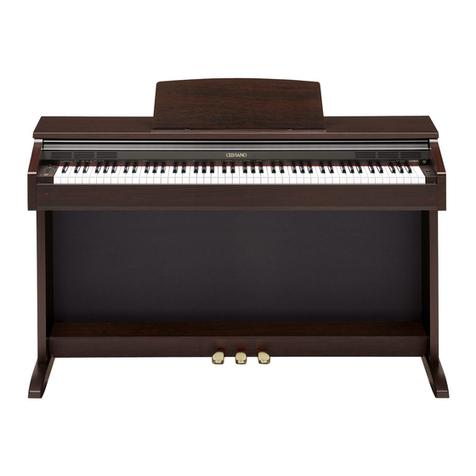
Casio
Casio CELVIANO AP-200 User manual
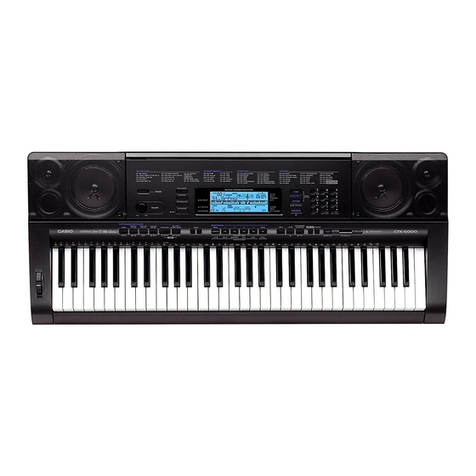
Casio
Casio CTK-5000 User manual
